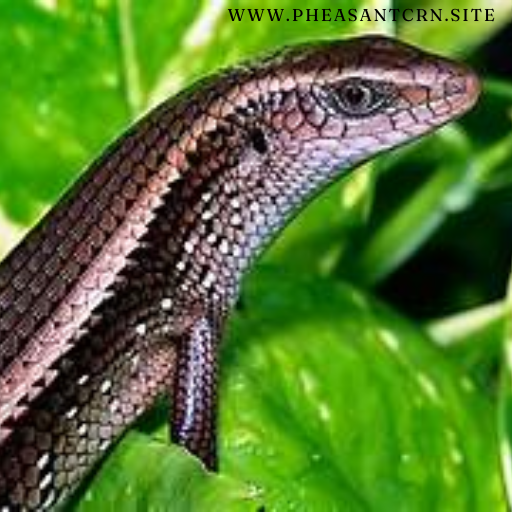“Discover powerful strategies for managing rattlesnake infestation and parasitic infection”
Identifying Rattlesnake Infestation and Parasite Infection
Rattlesnake infestation can be identified by the presence of shed snake skins, snake tracks, and sightings of the snakes themselves. Rattlesnakes are known for their distinctive rattling sound, which they use as a warning signal when they feel threatened. In addition, signs of rattlesnake infestation may include an increase in rodent populations, as rattlesnakes are attracted to areas with abundant prey.
Signs of Rattlesnake Infestation:
- Presence of shed snake skins
- Snake tracks
- Sightings of snakes
- Distinctive rattling sound
- Increase in rodent populations
Parasite infection in rattlesnakes can be identified through symptoms such as regurgitation, weight loss, abnormal feces, and changes in behavior. Additionally, physical examination and fecal analysis by a veterinarian can help diagnose parasite infection in rattlesnakes.
Symptoms of Parasite Infection:
- Regurgitation
- Weight loss
- Abnormal feces
- Changes in behavior
Effective Methods for Controlling Rattlesnake Infestation
Rattlesnakes can be a dangerous presence in your home or property, posing a threat to both humans and pets. Here are some effective methods for controlling rattlesnake infestation:
1. Seal Entry Points
Inspect your property for any gaps or holes in walls, fences, or foundations that could serve as entry points for rattlesnakes. Seal these openings to prevent them from entering your property.
2. Remove Attractants
Rattlesnakes are attracted to areas with abundant food sources, such as rodents. Keep your property free of clutter, debris, and overgrown vegetation that could provide hiding spots for rodents and attract rattlesnakes.
3. Use Snake Fencing
Install snake fencing around your property to create a barrier that prevents rattlesnakes from entering. This specialized fencing is designed to be too tall for snakes to climb and too tight for them to slither through.
By implementing these methods, you can effectively control rattlesnake infestation and ensure the safety of your home and family.
Treatment and Prevention of Parasite Infection in Rattlesnakes
Treatment
Rattlesnakes can be susceptible to various parasite infections, including internal parasites like roundworms and external parasites like mites. Treatment for these infections typically involves the use of antiparasitic medications prescribed by a veterinarian. These medications may come in the form of oral medications, injections, or topical treatments, depending on the type and severity of the infection. It’s important to follow the veterinarian’s instructions carefully to ensure the effectiveness of the treatment and minimize any potential side effects.
Prevention
Preventing parasite infections in rattlesnakes involves maintaining good hygiene and sanitation in their enclosures. Regular cleaning and disinfection of the habitat, including substrate and water bowls, can help reduce the risk of parasite infestations. Additionally, practicing proper quarantine protocols for new snakes and regular health check-ups by a reptile veterinarian can help detect and prevent parasite infections early on. Providing a balanced diet and proper environmental conditions can also contribute to the overall health and immune function of rattlesnakes, reducing their susceptibility to parasites.
Credibility: The information provided is based on general knowledge of reptile care and is not intended as a substitute for professional veterinary advice. It is important to consult a qualified reptile veterinarian for specific treatment and prevention recommendations for parasite infections in rattlesnakes.
In conclusion, there are several ways to treat snake infestations when infected with parasites, including seeking professional help, using natural predators, and taking preventive measures to avoid future infestations.



